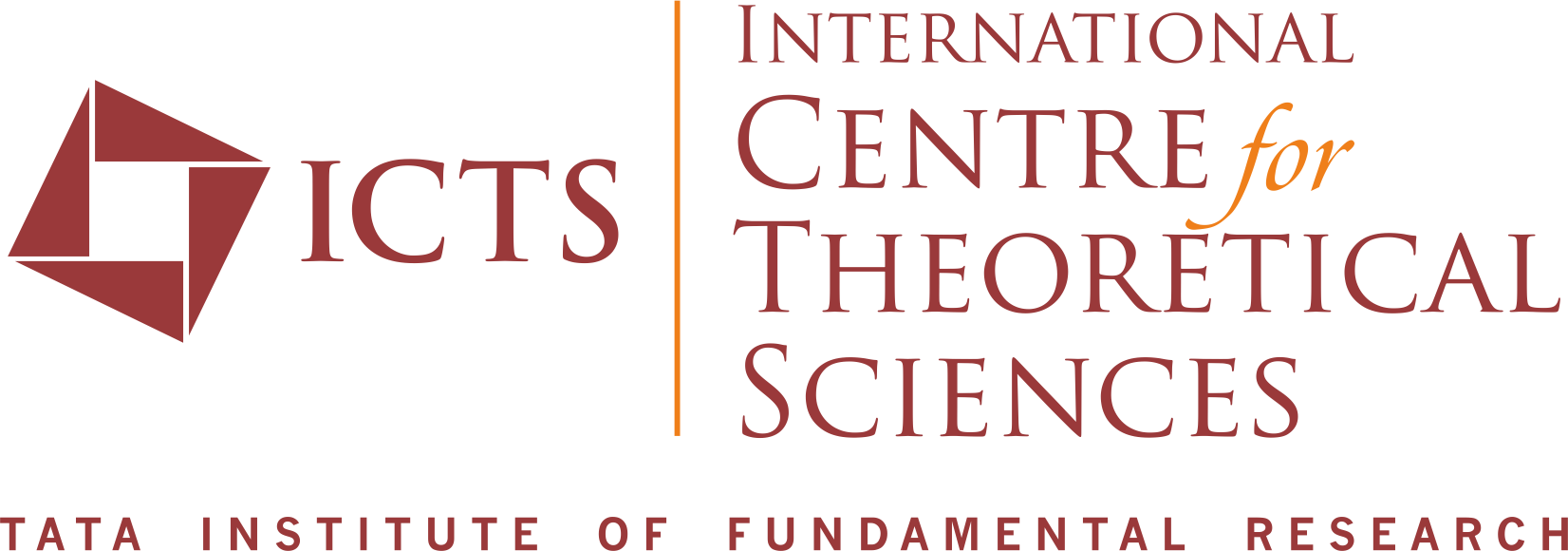Aspects of celestial amplitude and flat-space limit of AdS/CFT
I will talk about two key aspects of flat-space holography: celestial holography and the flat-space limit of AdS/CFT.
In the first part, I will talk about celestial holography ideas in 2d. I will show that the celestial amplitude is just the Fourier transform of the 2d S-matrix in terms of rapidity. For the Sinh-Gordon model, a pole at the origin of the complex rapidity-plane leads to two types of perturbative celestial amplitude. I will translate the crossing and unitarity conditions into the conditions on the celestial amplitude and utilize the bootstrap method to derive higher-order celestial amplitudes from lower-order ones.
The IR divergence in the S-matrix arises due to the assumption of asymptotic decoupling, treating the asymptotic Hamiltonian as free. By relaxing this assumption, the Faddeev-Kulish state can be introduced, leading to an IR-finite S-matrix. In the second part, I will construct the Faddeev-Kulish dressed state to incorporate AdS radius correction.
The talk is based on the papers 1. JHEP 12 (2022) 060 2. JHEP 05 (2023) 079.
